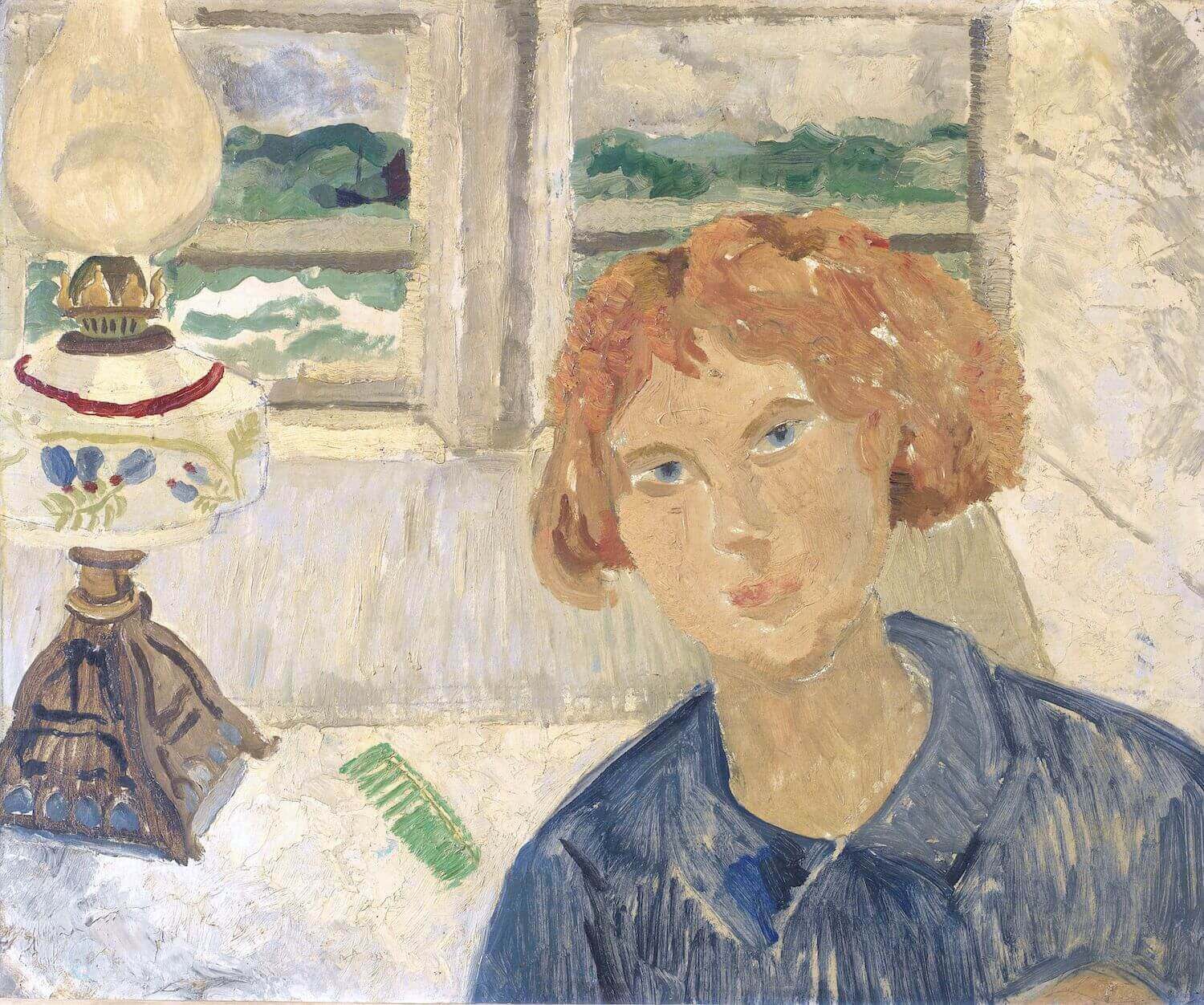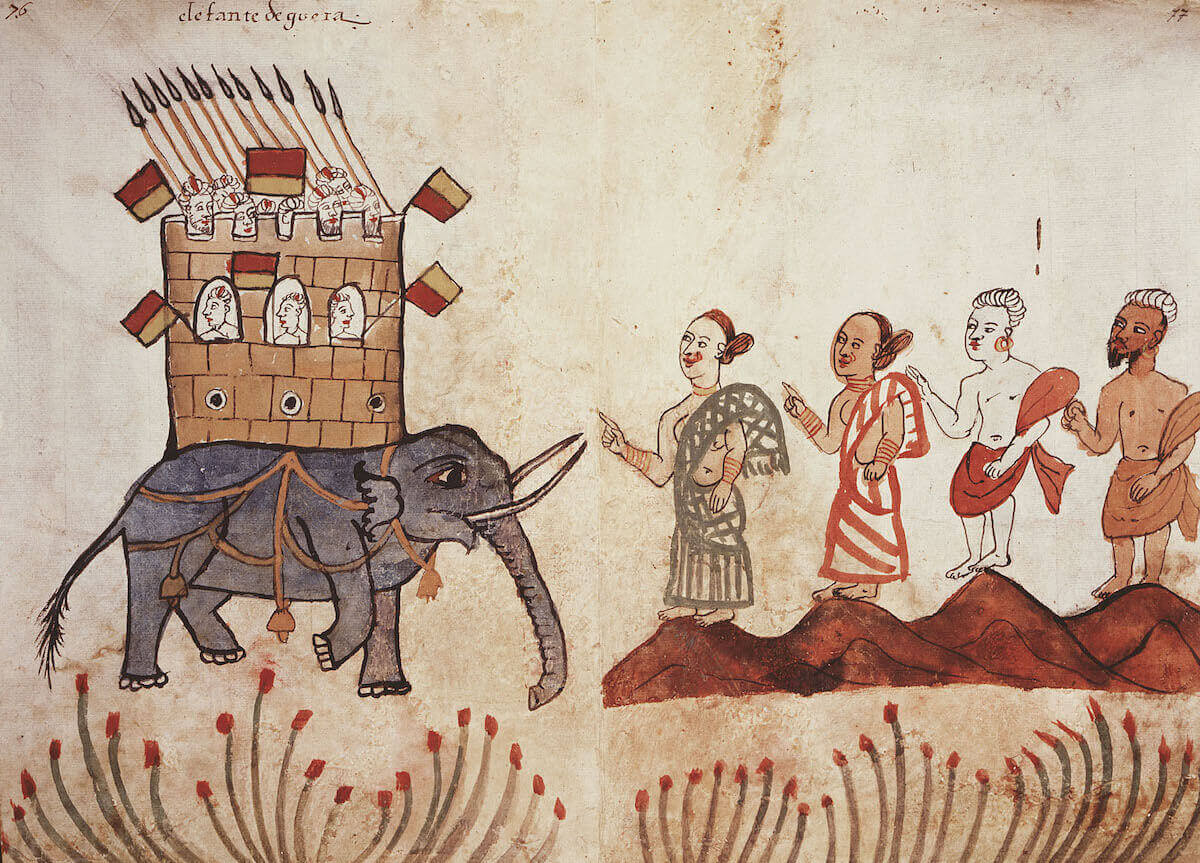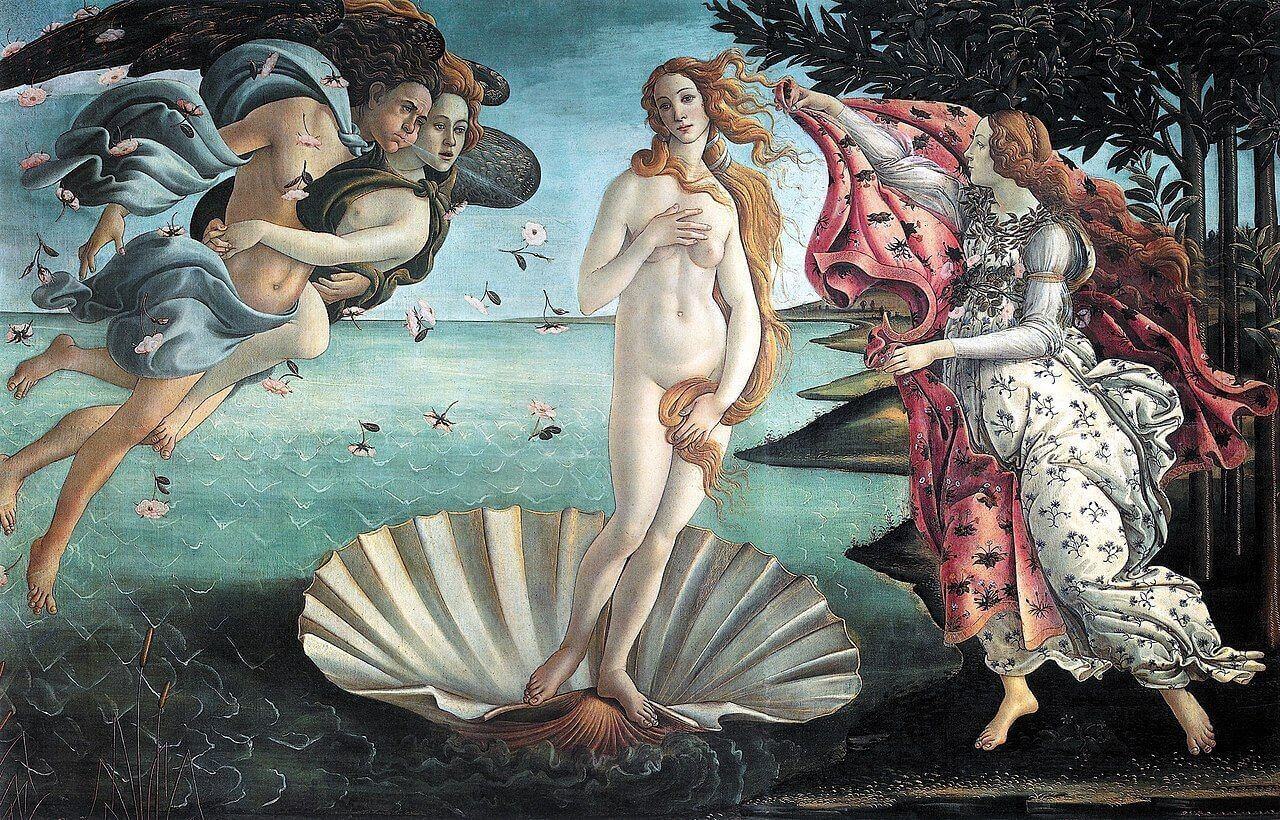The Soul and Other Long-standing Problems
What is the soul? What is our innermost essence? What makes us, most deeply, who we are?
When faced by this question, the temptation is to go straight to our uniqueness. What makes me me is that I have unique, singular, specific qualities. This uniqueness and singularity is what is most deeply, and most fundamentally, who I am.
But for the Indian philosopher Kaṇāda, the opposite is true. And the culmination of the philosophical quest, the true meaning of liberation, is the attainment of a soul almost entirely without qualities.
Oh, Kaṇāda
Perhaps appropriately, given his philosophical aims, Kaṇāda (कणाद) is a shadowy figure. Like a spy, or an undercover agent, in the Sanskrit texts he has multiple names. He is Kaṇāda. He is Kāśyapa. He is Kaṇabhakṣa, literally the “eater of atoms”. More mysteriously, he is Ulūka, “the Owl.” This latter nickname may not be entirely complimentary. Owls in Ancient India did not have the positive connotations of wisdom that they have in the European tradition; and while Ulūka was sometimes used as an epithet for the god Indra, owls were as often associated with carrion and with scavenging.
If pinning down Kaṇāda’s name is hard, it’s even harder to say anything about the historical person who may or may not lurk behind this name. As usual with early Indian philosophers, Kaṇāda’s dates are all over the place. Some argue that he lived as far back as the 6th century before the common era, and others that he dates to the second century CE when the text attributed to him, the Vaiśeṣika-Sūtra, reached something close to its present form.
Breaking Reality Apart
So let’s not worry too much about Kaṇāda, and look instead at the text he is said to have authored. One of the central concerns of the Vaiśeṣika-Sūtra is what philosophers call ontology. In other words, the question of what kinds of things exist, how they exist, and what it means to say they exist (ontology comes from the Greek ontos ὄντος, meaning “being”).
The Vaiśeṣika-Sūtra sets about answering these ontological questions by analysing the constituent entities that make up the various things of the world.
As a starting point, Kaṇāda identifies three categories of existence: substances (dravya), qualities (guṇa) and motions (karma). This is relatively straightforward: it simply says that there are things or substances, with particular qualities, acting in particular ways. For example, I am a particular kind of thing (a human being), with particular qualities (the colour of my eyes, my liking for philosophy), acting in particular ways (I write, I drink coffee, I seek the company of cats).
(In addition to these three categories, the Vaiśeṣika tradition recognises three additional categories: sāmānya, meaning “generality”; viśeṣa, meaning “particularity”; and samavāya, meaning “inherence.” But let’s leave this extra complication on one side, and stick with substance, quality, and motion. Otherwise, we’ll be here all day.)
If the world is made up of dravya or substances, Kaṇāda goes on to ask what it means to be a substance. Here, he posits that behind the complex, multifaceted facade of the world, there is a far simpler reality.
There are, Kaṇāda posits, nine fundamental, underlying atomic substances, four of which are material (earth, water, fire, and air), and five of which are immaterial (ether, time, space, self, and mind). This tendency to break things down into smaller units is not unlike that of the Greek atomist philosopher Democritus and his heirs. And it’s worth noting in passing that Kaṇāda’s four material substances – earth, water, fire, and air – are the same as those claimed by the philosopher Empedocles.
As for qualities (guṇa) and motions (karma), Kaṇāda goes on to argue that there are seventeen fundamental qualities, ranging from things like taste, touch and smell, to pleasure and pain, to size and number. And, he says, there are five kinds of motion: up, down, contracting, expanding and going (see for comparison the various Aztec notions of motion-change).
In Search of Illumination
 Christopher Wood: Girl and Lamp in a Cornish Window 1928. Public domain via Wikimedia Commons.
Christopher Wood: Girl and Lamp in a Cornish Window 1928. Public domain via Wikimedia Commons.
So far, so good. But before we get in too deep or too tangled (and Vaiśeṣika thought gets complex very fast), we should probably step back and ask a question: Why does any of this matter? And here we have to remember that philosophers in the ancient world almost always have a vision of human potential to sell us. Democritus, for example, argued that his atomism could help us develop euthymia or good cheer. So what about Kaṇāda?
Like the Greek atomists, the owlish philosopher is interested in more than armchair speculation. But he has far bigger things in his sights than mere cheerfulness.
A Soul Without Qualities
The opening section of the Vaiśeṣika-Sūtra begins, “now, therefore, we will explain dharma.”
But what is dharma? It is a multifaceted word in the philosophical traditions of India, with shades of meaning that range from “duty” to “ordering principle” to “ultimate truth”. Fortunately, Kaṇāda lets us know what he is driving at. “Dharma,” he says, “is that from which there is achievement of elevation and liberation.” [1]
Here, Kaṇāda is consistent with a much broader Indian tradition that sees human life as being caught within a cycle of rebirth, driven by ignorance. And, in line with this broader tradition, for Kaṇāda, knowledge and insight are profoundly liberative. As the commentator Candrānanda puts it,
by the knowledge of differences and similarities between substances and so forth, through the production of knowledge [obtained] by the means of ‘detachment’ [from the world] … there is achievement of ‘absolute liberation.’ [2]
Here, we might perhaps pause to take this in. Here is a complex treatise on the fundamental building-blocks of reality. But the driving force behind Kaṇāda’s philosophy is not just knowledge of the world, having interesting thoughts or finding out stuff about the world. It is complete liberation.
However, there are many kinds of liberation. So what does Kaṇāda’s liberation look like? And certainly, at first glance, this vision of liberation may seem a strange one. In some ways, it is easier to say what it is not than what it is.
It is not full knowledge. In fact, goes beyond knowledge altogether. It is not a state of bliss because it precludes feeling. And for this same reason, it is not happiness.
Instead, it is a state where we have gone beyond knowledge, where the ātman, or the self, loses all of its distinctive specific qualities. Liberation, Kaṇāda argues, is a state when we have forever gone beyond sensation, beyond pleasure and pain, beyond cognition, and beyond knowledge.
This may seem like a curious the kind of thing to aspire to. You might ask: can this state of absence even be anything at all? Why would anybody conceive of such a state, let alone see it as desirable?
And here, it may be useful to put Vaiśeṣika thought in the context of another aspect of the Indian tradition: the long tradition of meditative practice. Within the meditative practices of the Indian tradition, what might be called “contentless” states of absorption are well-known. These are states where one withdraws from the sense objects, awareness of pleasure and pain, cognition and even a sense of selfhood.
The notion of such states might cause philosophers in other traditions a measure of discomfort. But these meditative experiences of what Olaf Blanke and Thomas Metzinger have called Minimal Phenomenal Selfhood are increasingly well-attested and broadly studied.
What is important in understanding Indian philosophy is that the acknowledgement of the existence of such states is a part of the general philosophical background. And when seen in this light, we can start to make more sense of Kaṇāda’s notion of the final goal of philosophy. He’s not just making things up or playing with words. Instead, he’s talking about experiences that were well-known among his peers and predecessors; and he is using these experiences as a peg on which to hang his metaphysical speculations.
The result is a curiously challenging (and perhaps to some of us not immediately appealing) view of the ultimate end of human life. Liberation, Kaṇāda want to tell us, is an emptying out of everything that might distinguish us as unique and singular.
It is becoming a soul almost without qualities. Because this is what we most deeply are.
Notes
- Ionut Moise and Ganesh U. Thite (2021), Vaiśeṣikasūtra, Routledge, p. 55
- ibid. p. 263



